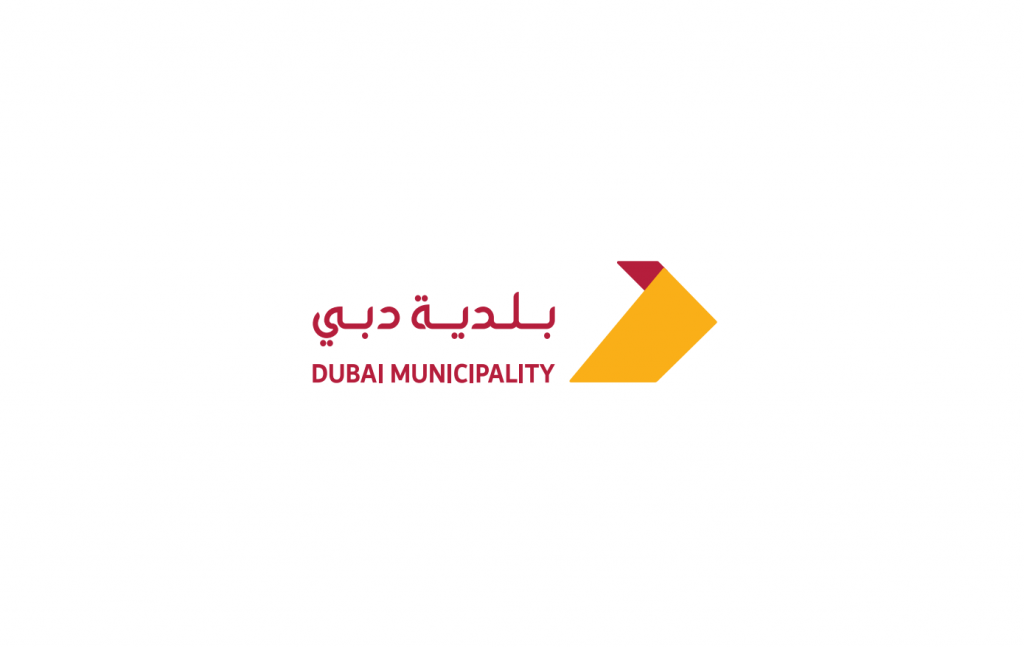Dubai Municipality has announced its vision for the year 2030 and the launch of the new strategy, in line with the directives of His Highness Sheikh Mohammed bin Rashid Al Maktoum, Vice President and Prime Minister of the UAE and Ruler of Dubai, as part of the new methodology in government work for the next fifty years, focusing on “transition to faster government work, faster than before and closer to reality, and more in line with global changes,” and working on flexible and rapid strategic cycles that are applied through major transformational projects.
Dawoud Al Hajri, Director General of Dubai Municipality, said: “The new strategic plan of Dubai Municipality came as a continuation of the Municipality’s progress in successive strategic plans and its role in planning, operating and ensuring the sustainability of the city, in line with the government’s directions for the country and the emirate, and in order to achieve the quality of life and the welfare and happiness of the community.”
Strategic Document
Al Hajri added: “The Municipality’s new strategy and vision of becoming a pioneering Municipality for a global city and its mission to plan, manage and ensure the sustainability of a flexible futuristic city, and to provide pioneering municipal services to the happiness of customers and society, in a way that supports the realization of the vision of the Emirate of Dubai, and its values which are accountability, transparency, creativity and innovation, happiness and positivity, leadership and teamwork, competitiveness and pioneership, flexibility, agility and readiness for the future, are all based on best practices and international standards in the field of strategic planning and local trends in achieving global leadership and competitive positions in the areas of municipal work.
Features of the New Strategy
Proceeding from the main role of the Municipality in the Emirate of Dubai and carrying out the main tasks of planning and operating the city, managing its infrastructure, ensuring health and safety and sustainability of its environment and enhancing its aesthetics and historical identity, the new strategy included specialized strategies supported by an institutional empowerment system in order to achieve the government’s priorities and requirements of the next stage based on partnership, innovation and foreseeing the future, ensuring flexibility and agility, responding to external and internal changes and developments, and providing proactive and integrated digital services to achieve competitiveness and leadership.

